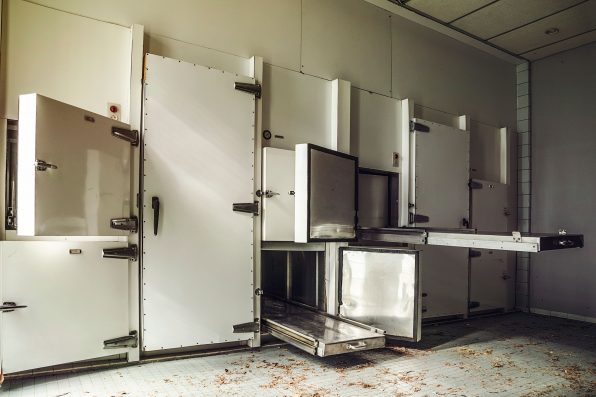Can you imagine finding out that one of your loved ones was killed not because of vengeance or because they did something wrong but because their body was needed for science?
Edinburgh, Scotland, became a major city for studying medicine in the 1800s, and to advance everyone’s knowledge, medical teachers and doctors needed cadavers for anatomical studies.
However, due to the Judgement of Death Act 1823, fewer people were being put to death by the law, which was a good thing for average citizens but not for aspiring doctors, as they were only allowed to study and dissect the bodies of those who had been condemned to death.
With this sudden need for dead bodies, medical schools began paying people who brought in bodies that could be used for educational purposes. Thus began an intense series of grave robberies, where people would sneakily dig up freshly buried bodies and sell them.
Once grave robbing became a trend, people began getting more and more desperate for bodies to sell, so they turned to murder to hasten the process.
Two of the most famous murderers related to this issue were William Burke and William Hare, whose murders between 1827 and 1828 earned them a solid hunk of money from medical schools.
Burke and Hare traveled from Ireland to Scotland to find work and found themselves in Edinburgh. Before the two friends became a criminal duo, Burke lived with his mistress, Helen McDougal, and Hare ran a boarding house with a widow named Margaret Laird.
In 1827, one of Hare’s elderly tenants, a man referred to as ‘Old Donald,’ died naturally while staying in his inn. The problem was that Old Donald still owed Hare money for his room.
Given that times were hard and they needed money, Burke and Hare used tanning bark to weigh down Old Donald’s burial coffin and took his body to the medical school at Edinburgh University, where they were paid seven pounds and ten shillings.

Sign up for Chip Chick’s newsletter and get stories like this delivered to your inbox.


